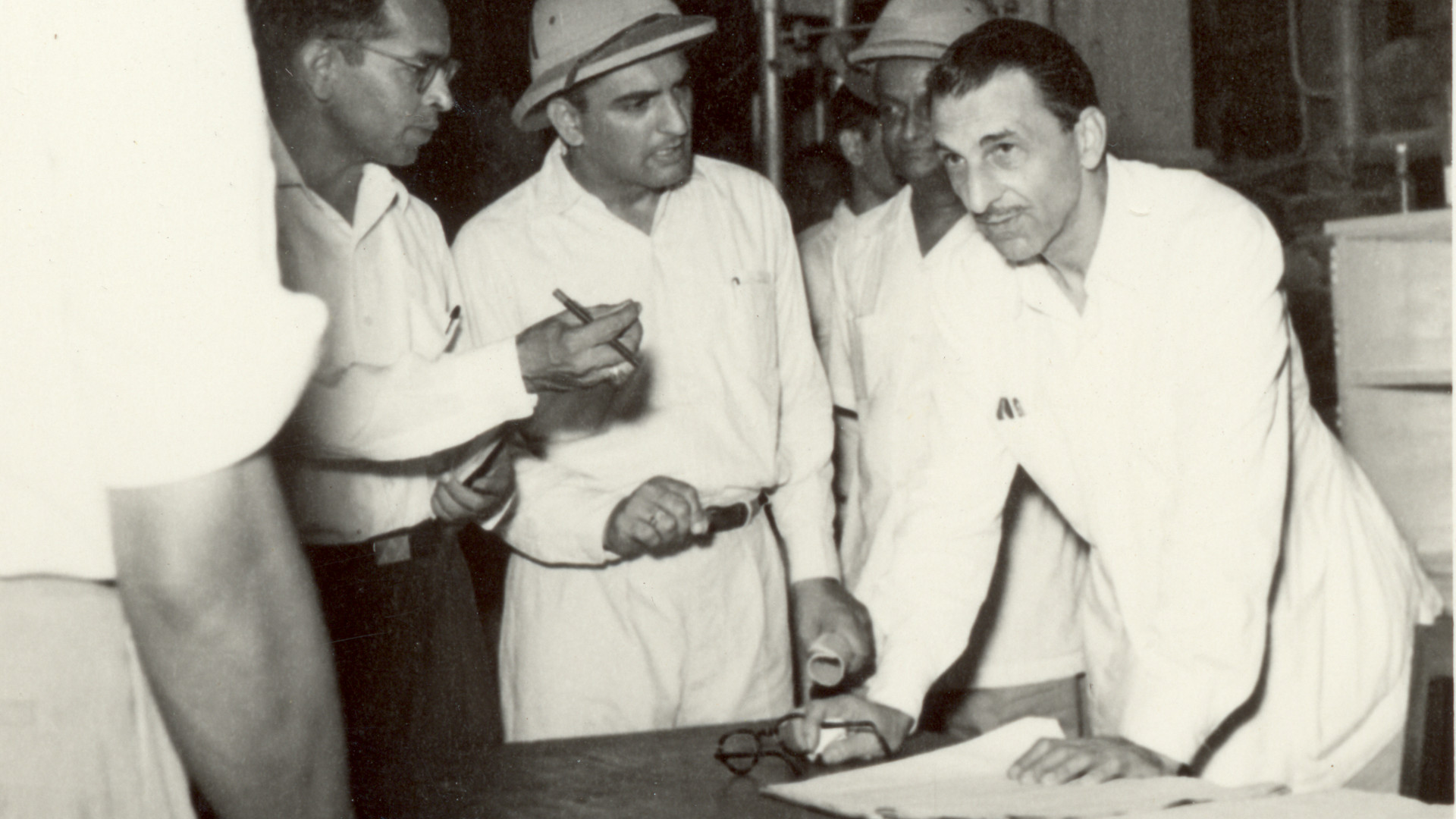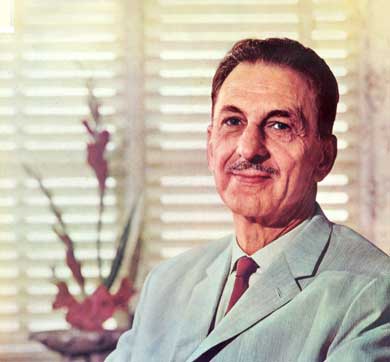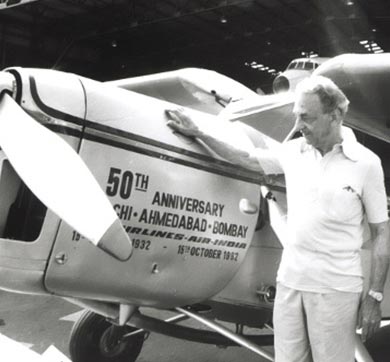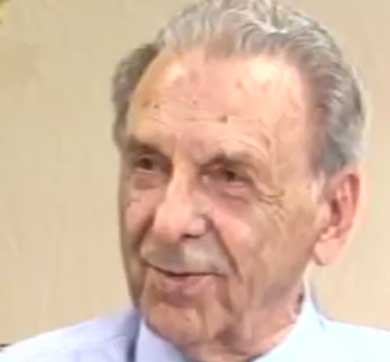July 2019 | 1039 words | 4-minute read
The decade following JRD’s appointment as Chairman in 1938, was one of the most creative for the Tata group. On January 1, 1939, Tata Chemicals was launched. In 1945, TELCO was born and in 1948, Air India International spread its wings abroad.
When JRD took over as Chairman, the entire group consisted of 14 companies though most of them were formidable companies even at the start. In spite of all the restrictions placed by the government on the expansion of big firms, when he laid down office 52 years later, there were 95 companies and turnover had risen from Rs 17 crore to an estimated Rs 10,000 crore.
Pioneering India's chemicals' industry
Tata Chemicals was born beside the sea in the dry and rugged area of Okhamandal, Saurashtra, on the western tip of India beside the Arabian Sea. Before Tata Chemicals started, there existed in this somewhat inhospitable region, the Okha Salt Works.
Faced with the apathy of an alien government which encouraged foreign imports, the salt works collapsed. In desperation, the salt works’ visionary and determined chemical engineer, Kapilram Vakil, appealed to JRD to rescue his dream. He was supported by the Maharaja of Baroda in whose territory Okha was.
The Maharaja felt that as Tatas had pioneered steel and electric power, they could pioneer an inorganic chemical industry for India. On the production of soda ash depended India’s self-reliance in the manufacture of glass, ceramic, textiles, and a host of other industries.
JRD once said, “Of all the companies with which I have been concerned, none has had to overcome so many difficulties compounded with bad luck as has been the lot of Tata Chemicals.”
He wasn’t exaggerating; since its inception, the company struggled to deal with various factors, like the effects of the Second World War, lack of indigenous knowledge of the manufacturing of soda ash, and a drought in 1962. With an outstanding effort that involved recycling fresh water and using sea water, Mithapur was saved, and with it, the mother of the inorganic chemicals’ industry in India.
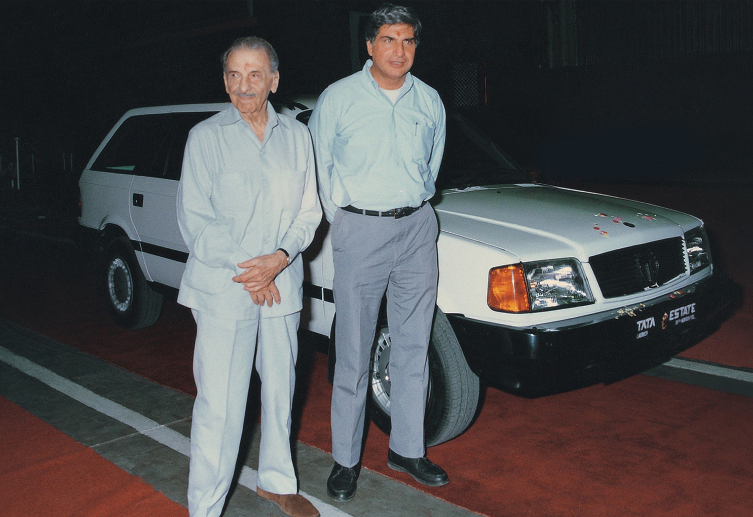
Birth of an automotive giant
Involved with steel, JRD felt that the Tatas were competent to establish in India an engineering complex the like of which the country did not yet have. Soon after JRD’s persistence in bringing Sumant Moolgaokar met with success, TELCO’s projects expanded from boilers to underframes of wagons and then to locomotives.
JRD soon realised however, that this was a vulnerable industry. The company’s sole customer was the Indian government and the railways could beat down the prices to any level they wanted. They were vulnerable to demand fluctuations too.
Enter Daimler-Benz. The German company, which till the 1950s, had not extended itself outside of its home country, asked Tatas if they were interested in manufacturing trucks.
JRD, his legal adviser JD Choksi, and Moolgaokar went to Geneva for negotiations. The Daimler-Benz lawyer had drafted terms which were disputed by JD Choksi, whom the Germans called “Yoksi”. It appeared as if the negotiations would break down. Just then the Chairman of Daimler-Benz broke the ice. He looked at JRD and said, “You draft the agreement and we’ll discuss it.” In that moment of trust, a partnership was born. In May 1954, the Tata draft was accepted.
The collaboration with Benz engineers — sticklers for perfection — was crucial to the betterment of standards of TELCO’s engineers. The standards set during this era guided quality for decades to come, even after the partnership ended in 1969.
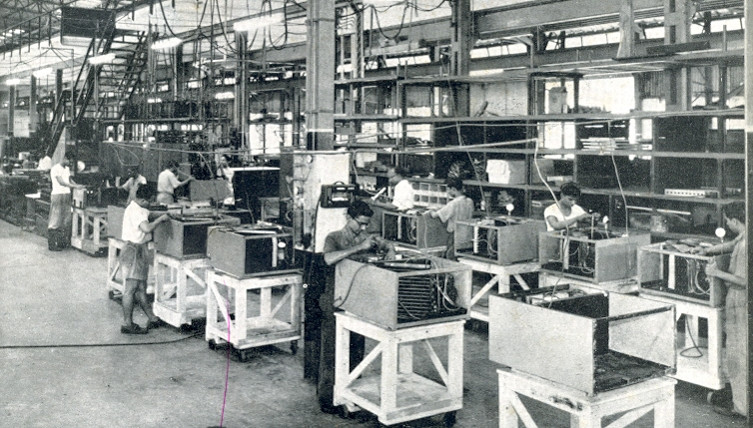
Engineering for industry
When the struggle for the survival of Tata Chemicals was going on, Tatas took over the engineering side of Volkart Bros, a highly respected Swiss company which had begun trading in India exactly a hundred years earlier. The engineering side was small, mainly airconditioners and some agencies, but very soon the Tatas expanded it into the large-sized engineering complex that could manufacture machine tools, plastic mouldings and dyes and even air-condition a frigate.
The business of beverages
In 1962, the James Finlay Company had a JV with the Tatas called Tata Finlay for manufacturing packed tea for the domestic market and instant tea for exports. In 1976, when James Finlay wanted to sell part of their plantation assets, Tata Finlay seemed to be the right vehicle for the procedure. There was hesitation on the part of some of the management, but not for JRD Tata. Thus, the Tatas moved in, and when in 1983, James Finlay looked to sell their interests totally, the Tatas took over and Tata Tea was formed.
Over the years, fresh investments were made to upgrade the plantations. Rechristened Tata Global Beverages in 2010, the company today is a leading producer of tea.
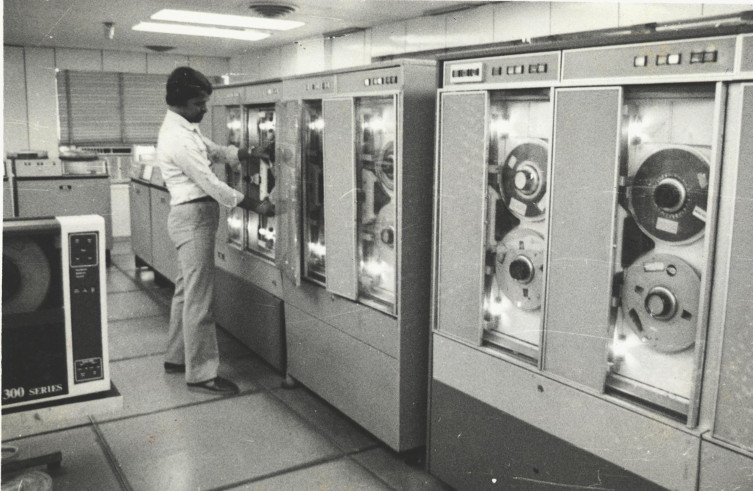
Getting ahead of the software boom
JRD was quick to recognise the importance of computers, perhaps because of his association with Dr Homi Bhabha, who built the first computer in India at the Tata Institute of Fundamental Research.
The first computers were enormous in size and occupied a whole room. By the late 1960s, a decade before the rest of India became aware of computers, Tata Sons opened a software division, the Tata Consultancy Services. It began with a dozen experts and grew to 2000 high-calibre professionals constituting a think tank unrivalled in this country, giving its services to several highly developed countries worldwide.
Today, TCS is the jewel in the crown of the Tata group.
Watching trends
A company started in the 1980s, whose performance impressed JRD was Titan Watches. A sizeable part of the nine million watches sold annually in India were smuggled into the country.
Watches with renowned names from Japan and Switzerland were popular and there was an initial scepticism whether the Tata project wold succeed, especially as HMT, a government firm, was already producing good quality watches.
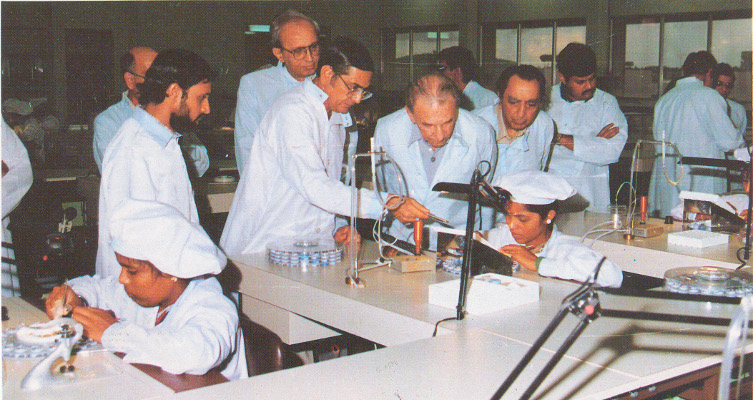
In association with the Tamil Nadu government and in collaboration with France’s Ebauches and Citizen Watch Company, Japan, Tatas launched Titan Watches. The quality and marketing techniques of Titan were excellent and gradually Titan edged out smuggled watches.
Source: Beyond The Last Blue Mountain
Photographs courtesy Tata Central Archives, Voltas, TCS

